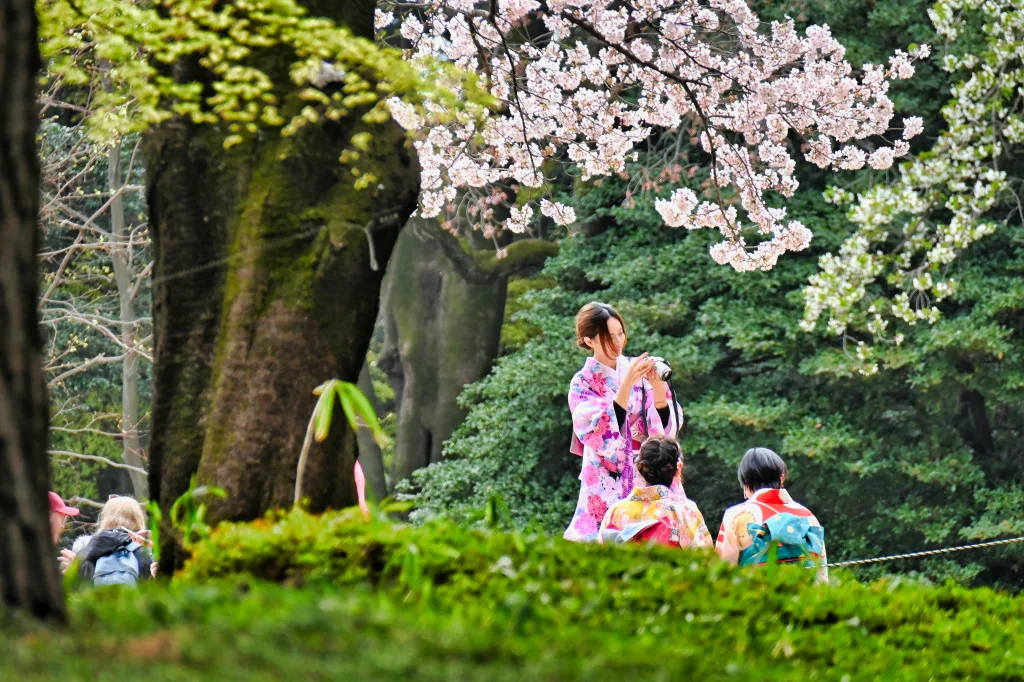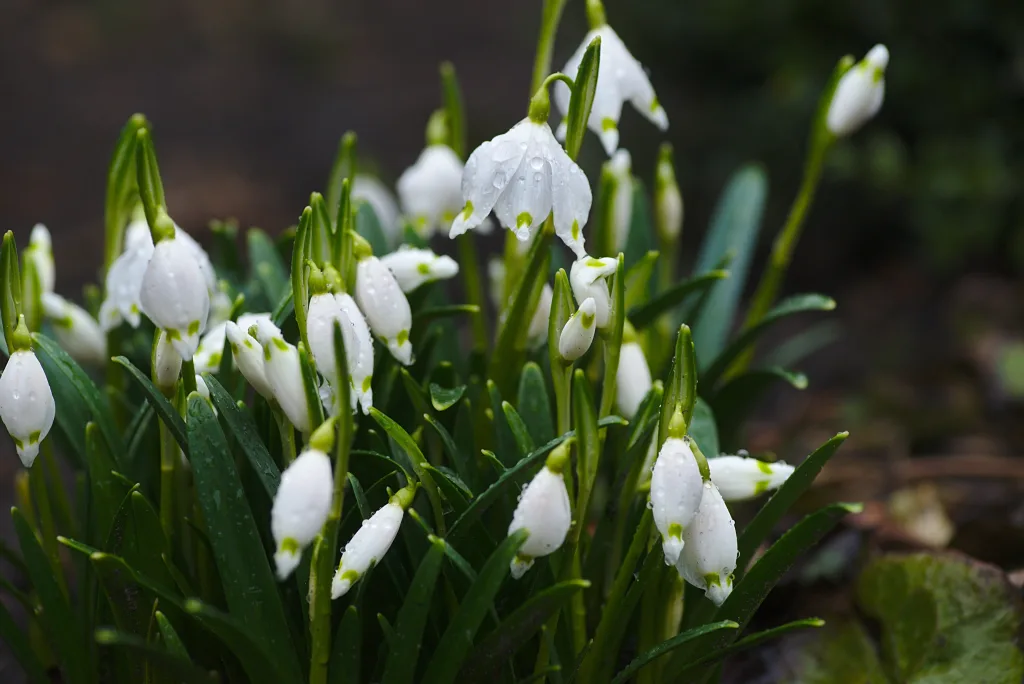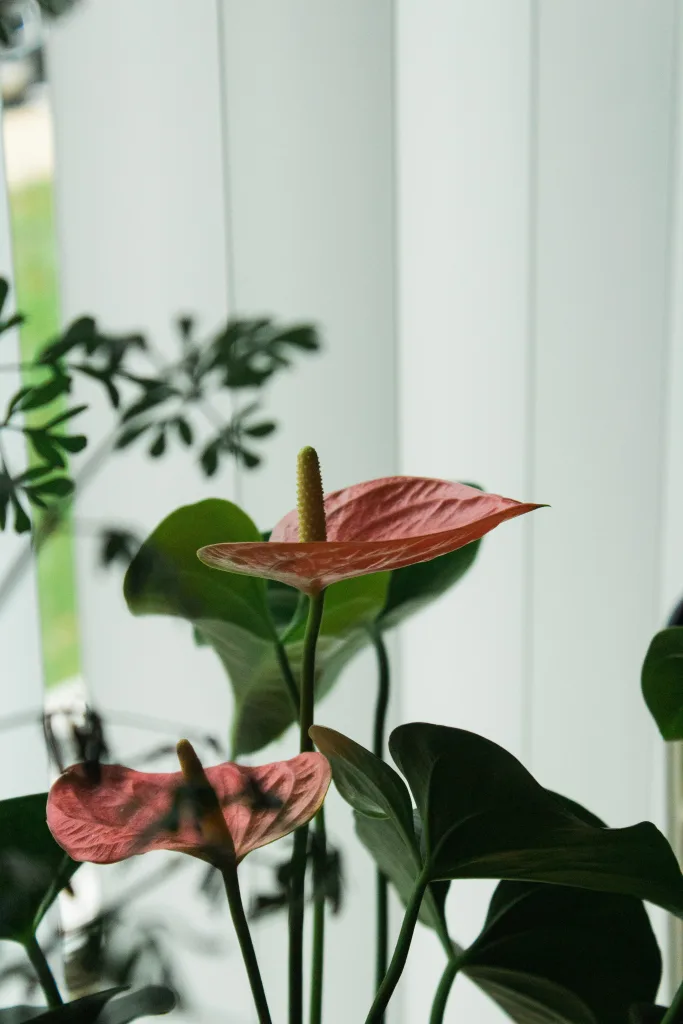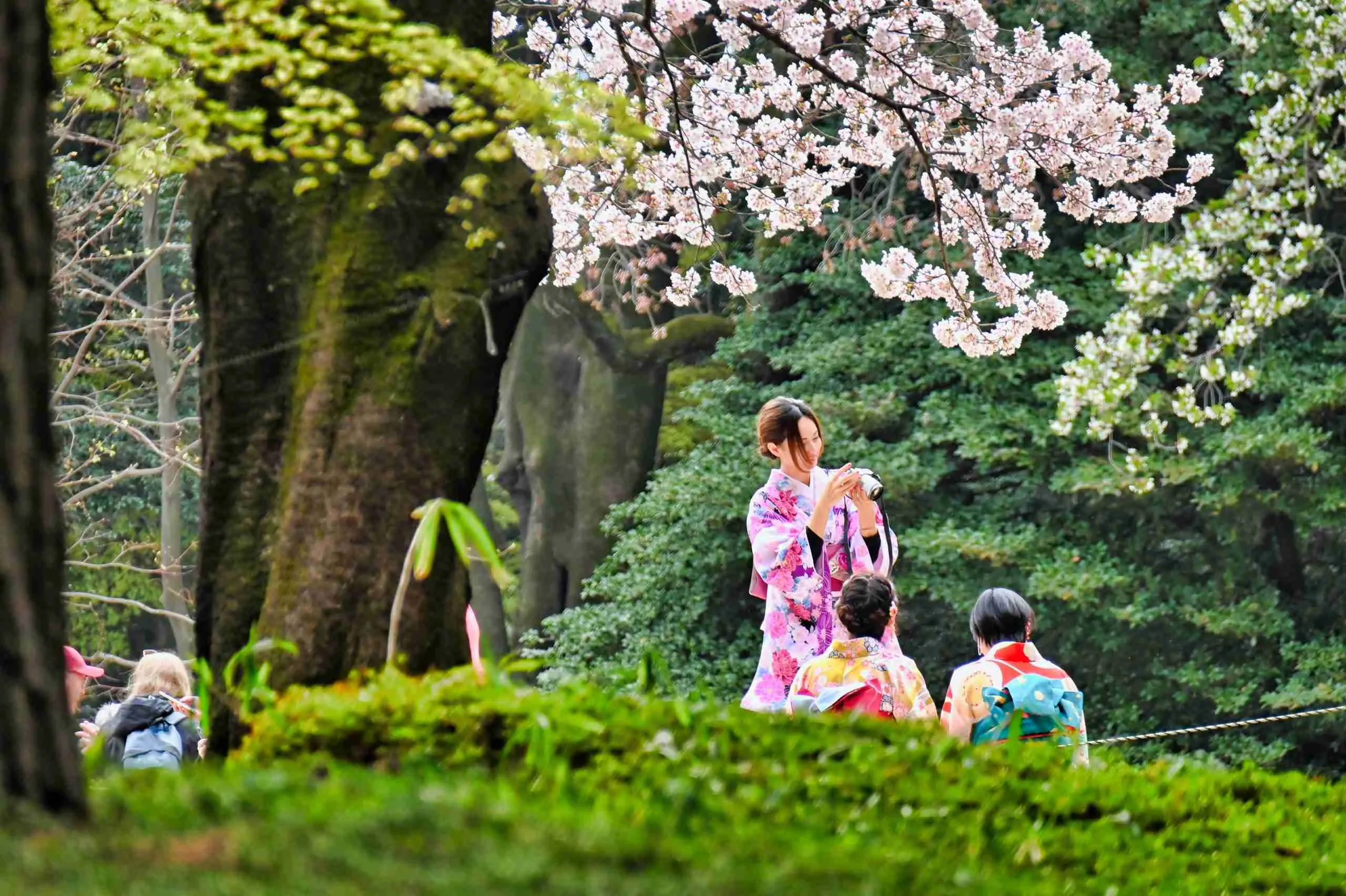In this article, you will discover the serene beauty of flowers that epitomize the essence of Zen. From the delicate cherry blossoms that symbolize renewal and impermanence to the calming presence of the lotus, each flower carries its unique symbolism and elegance. Whether you seek tranquility in your home or wish to create a peaceful atmosphere in your garden, this article will guide you towards choosing the perfect “Zen” flowers to cultivate a sense of harmony and serenity in your life.

Understanding Zen and Zen Aesthetics
The concept of Zen
Zen is a spiritual tradition that originated in China during the 6th century and later spread to Japan. At its core, Zen emphasizes direct experience and intuition in order to achieve enlightenment or a state of deep understanding. It is often associated with meditation and mindfulness practices, seeking to create a sense of inner peace and tranquility. Zen teachings emphasize the importance of living in the present moment and letting go of attachments to ego and desire.
Zen in art and aesthetics
Zen has had a profound influence on various forms of art and aesthetics, including painting, calligraphy, pottery, and garden design. Zen art often reflects the simplicity and minimalism that are central to Zen philosophy. It seeks to capture the essence of objects and convey a sense of harmony, tranquility, and emptiness. Zen aesthetics are characterized by naturalness, asymmetry, irregularity, and the appreciation of imperfections. This unique approach to art aims to awaken the viewer’s perception and invite them into a state of contemplation.
Connection between Zen and Nature
Nature holds deep significance in Zen philosophy, as it is seen as a reflection of the interconnectedness and impermanence of all things. It is believed that by observing nature and its seasonal changes, one can gain insight into the true nature of existence. Zen often draws inspiration from natural elements such as mountains, rivers, clouds, and, of course, flowers. Flowers, in particular, are regarded as powerful symbols in Zen Buddhism, embodying various qualities and teachings.
The Role and Significance of Flowers in Zen
Symbolism of flowers in Zen Buddhism
Flowers hold a special place in Zen Buddhism, symbolizing various aspects of life, spirituality, and enlightenment. They are seen as transient and fragile, just like human existence, yet possess a profound beauty and vitality. Flowers represent the impermanent nature of life and serve as a reminder of the importance of appreciating the present moment. In Zen, the act of observing a flower can be considered a form of meditation, a way to connect with the deeper truths of existence.
Flowers in Zen teachings and parables
Many Zen teachings and parables incorporate flowers as metaphors to convey profound insights. These stories often highlight the fleeting nature of life and the importance of mindfulness. One famous Zen parable tells of a monk who asked his master for knowledge of Zen, and the master responded by pointing at a flower. The monk had an immediate realization, understanding that the essence of Zen could not be expressed in words but had to be directly experienced. Flowers thus serve as powerful tools for teaching and awakening in Zen Buddhism.
Lotus – The Symbol of Purity and Enlightenment
Why Lotus is considered Zen?
The lotus flower holds great significance in Zen philosophy due to its association with purity, beauty, and enlightenment. It is often depicted as growing out of muddy waters, symbolizing the potential for spiritual growth and awakening even in the midst of suffering and turmoil. The lotus exemplifies the journey towards enlightenment, as it starts as a small bud beneath the water and eventually emerges as a pristine and exquisitely vibrant flower. Its ability to bloom amidst unfavorable conditions serves as a reminder that one can cultivate inner virtues and wisdom regardless of external circumstances.
Symbolism of different colors of Lotus
Different colors of lotus hold distinct symbolic meanings in Zen Buddhism. The white lotus represents spiritual perfection and the ultimate attainment of enlightenment. It is associated with purity, wisdom, and the overcoming of obstacles. The pink lotus symbolizes the Buddha himself, as it is believed to be the color of his skin. Pink lotus flowers embody compassion, love, and the potential for spiritual transformation. The blue lotus represents the victory of the spirit over the senses, signifying wisdom, knowledge, and the power of intellect.
Use of Lotus in Zen practices
Lotus flowers are commonly used in various Zen practices, including meditation and flower arranging. In meditation, the image of a lotus can be visualized to evoke feelings of calmness and serenity, aiding in the attainment of a meditative state. Lotus flower arrangements, known as Ikebana, are a form of art in which the harmony and balance of the natural world are expressed through the careful placement of flowers, branches, and other plant materials. The presence of lotus flowers in Zen practices serves as a visual reminder of the pursuit of enlightenment and the inherent beauty of existence.
Chrysanthemum – The Emblem of Autumn and Tranquility
Connection between Chrysanthemum and Zen
Chrysanthemums have long been associated with Zen due to their serene beauty and their blooming season in autumn, a time of introspection and reflection. In Japanese culture, chrysanthemums are regarded as the symbol of the imperial family, representing nobility, elegance, and longevity. In Zen philosophy, the gentle and tranquil nature of chrysanthemum flowers serves as a reminder to cultivate inner peace and harmony amidst the inevitable changes and challenges of life.
How Chrysanthemums symbolize Zen principles
Chrysanthemums symbolize several key Zen principles. Their ability to bloom and thrive in cooler temperatures and their resilience in the face of adversity mirror the Zen concept of equanimity and the ability to remain steadfast in the midst of difficulties. Their serene and symmetrical appearance reflects the Zen aesthetic of simplicity and balance. By observing the pure and delicate beauty of chrysanthemums, one is encouraged to embrace tranquility, let go of worries, and find contentment in the present moment.

Plum Blossoms – The Promise of Spring and Resilience
Plum blossoms in Zen Buddhism
Plum blossoms hold a significant place in Zen Buddhism, particularly in relation to the concept of impermanence. While other flowers typically bloom in spring, plum blossoms brave the cold winter months to herald the arrival of spring, symbolizing hope, resilience, and the renewal of life. In Zen, the fleeting beauty of plum blossoms serves as a reminder of the impermanence of all things and encourages practitioners to cherish the present moment.
The teaching of resilience and hope through Plum blossoms
Plum blossoms teach valuable lessons of resilience and hope in Zen philosophy. Despite adverse conditions, such as winter’s harshness, they endure and bloom, showcasing the strength and beauty that can emerge from difficult circumstances. This resilience is a testament to the human spirit and the potential for growth and transformation even in challenging times. Plum blossoms also represent the anticipation of future possibilities, reminding practitioners to have faith and trust that change and renewal will come.
Bamboo – The Representation of Simplicity and Humility
The Bamboo and its Zen properties
Bamboo holds a special place in Zen philosophy for its numerous qualities that align with Zen principles. It exemplifies simplicity, grace, strength, and humility, inspiring practitioners to emulate these virtues in their own lives. Bamboo is renowned for its flexibility, bending with the wind without breaking, symbolizing adaptability and resilience. Its hollow center represents openness and emptiness, allowing oneself to be receptive to new experiences and insights.
Bamboo’s symbol of strength and resilience
Bamboo’s strength and resilience are frequently used as metaphors for the human spirit in Zen teachings. Bamboo thrives in a variety of conditions and can grow rapidly, signifying the importance of personal growth and the willingness to adapt to different circumstances. Its straight and unadorned appearance reflects the Zen aesthetic of simplicity and the devaluation of material possessions. Bamboo reminds practitioners to remain strong, resilient, and humble, embracing life’s challenges with inner steadiness and grace.

Cherry Blossoms – The Metaphor for Impermanence
Impermanence and the Cherry blossom
Cherry blossoms, also known as sakura, embody the concept of impermanence in Zen philosophy. These delicate flowers bloom for only a brief period, often lasting just a few days, before their petals gracefully fall to the ground. This ephemeral beauty serves as a powerful reminder of the transient nature of life and the inevitability of change. Observing cherry blossoms in full bloom encourages practitioners to appreciate the present moment fully and embrace the beauty and joy that can be found in impermanence.
Zen philosophy in Cherry blossoms
The cherry blossom’s ephemeral nature reflects the key Zen concept of impermanence, which teaches that all phenomena, including life itself, are in a constant state of flux. Zen philosophy encourages individuals to embrace this impermanence and to let go of attachments to ideas, desires, and expectations. By contemplating the cherry blossom, one can gain a deeper understanding of the nature of existence and cultivate acceptance and mindfulness in the face of change.
The Orchid – Symbolizing Elegance and Beauty
Orchid’s representation in Zen philosophy
Orchids are highly regarded in Zen philosophy for their elegance, grace, and natural beauty. They symbolize several key qualities and teachings of Zen. Orchids exemplify simplicity and non-attachment, as their exquisite features arise effortlessly from their surroundings without elaborate adornment. Zen practitioners are encouraged to embody the essential nature of the orchid, embracing simplicity and finding beauty in the ordinary. Orchids also represent the harmonious integration of opposites, as they possess both fragility and resilience, and both simplicity and sophistication.
Exploring the elegant nature of Orchids
The elegant and refined qualities of orchids inspire practitioners to cultivate elegance and refinement in their own lives. Orchids teach the value of simplicity and the ability to find beauty in even the most modest circumstances. Their blooms, which can last for weeks or even months, demonstrate the importance of patience and perseverance. By observing the subtle details and exquisite form of orchids, practitioners are encouraged to cultivate a keen eye for beauty and to find wonder in even the tiniest aspects of life.
Pine – Representing Longevity and Stability
The Zen interpretation of Pine
In Zen philosophy, pines are highly revered for their longevity, strength, and unwavering stability. By retaining their deep green color even in the harshest of winters, pines symbolize resilience, steadfastness, and the ability to endure challenges with grace. Their evergreen nature represents the eternal presence of enlightenment and serves as a constant reminder to Zen practitioners to remain grounded in the present moment.
Symbolism of Pine’s resilience and life
The pine’s symbolism in Zen extends beyond its resilience and longevity. Pines are often depicted in Zen art as solitary trees in a windswept landscape, reflecting the importance of individuality and self-reliance. They inspire practitioners to stand firm in their convictions and not be swayed by external influences. The pine’s ability to grow in mountainous, rocky terrain also signifies the potential for spiritual growth and flourishing amidst adversity. By embracing the teachings of the pine, practitioners are encouraged to cultivate inner strength, stability, and longevity in their spiritual journey.
Incorporating Zen Flowers into Lifestyle
Creating Zen garden with Zen Flowers
One way to incorporate Zen flowers into daily life is by creating a Zen garden. Zen gardens, also known as Japanese rock gardens or dry landscapes, are carefully designed spaces that aim to create a sense of tranquility, harmony, and contemplation. These gardens often include elements such as rocks, sand or gravel, water features, and, of course, carefully chosen Zen flowers. By selecting flowers that embody Zen principles, such as lotus, cherry blossoms, or bamboo, one can create a serene and meaningful space for reflection and meditation.
Promoting Zen aesthetic in everyday life through flowers
Zen flowers can also be incorporated into daily life by using them in flower arrangements, decorating living spaces, or even practicing flower-focused meditation. By selecting flowers that evoke a sense of tranquility, simplicity, and impermanence, one can bring the Zen aesthetic into the home or workplace. Whether it is a single chrysanthemum in a simple vase, cherry blossoms adorning a tabletop, or plum blossoms placed on an altar, these flowers can serve as visual reminders of Zen principles and promote a sense of peace and mindfulness in everyday life.
By understanding the symbolism and teachings associated with flowers in Zen philosophy, we can gain a deeper appreciation for their beauty and significance. Whether through observing lotus flowers as a symbol of purity, contemplating the impermanence of cherry blossoms, or finding inspiration in the resilience of bamboo, Zen flowers have the power to awaken our senses and cultivate a deeper connection with ourselves and the world around us. So next time you come across a beautiful flower, take a moment to observe its delicate details and reflect on its deeper meanings. In doing so, you may find yourself on a path of greater understanding and inner peace.




